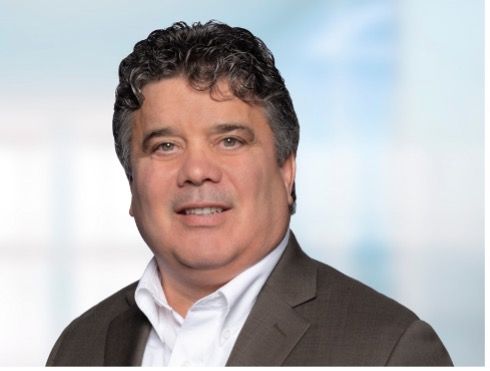Closing the Gap With Virtual Care Services: Reimagining the Delivery of Healthcare
The delivery of care model needs to scale across the community settings while servicing the unique needs of each patient.
COVID-19 forced healthcare systems, large and small, to react and do what was necessary to maximize engagement with their patients. Audio and video only engagement became the norm.According to results of the Medical Economics 2020 Technology Survey, more than 93% of physician survey respondents said they have used telehealth to treat patients this year.” The general finding of this study was:
- Physicians rely on telehealth to keep their practices afloat
- 75% indicated the investment in telehealth is worth it
With the quick onset of the initial COVID surge, health care providers, regardless of size, adopted a variety of different tools to maximize patient engagement. According to the Medical Economics survey, 28% adopted free software (Skype and Facetime, for example) to support patient engagement while only 34% relied on their EHR or hospital system. Overall, a large majority of these adoptions were audio, video — or both — video conferencing applications.
Thomas Foley

But apart from COVID-19 and the public health emergency exclusions, which are due to expire by the end of 2021, there are fundamental shifts occurring that significantly impact healthcare providers and the delivery of care.
Regardless of geography, we have a growing, older (living longer), aging (percent of population over 65 years of age), and sicker (development of more chronic conditions as they age) population. The average Medicare patient with five chronic conditions sees nine different doctors each year and only spends a total of fifteen hours in front of their doctors. The question is, what happens in the other 8,745 hours in that year? Let’s refer to this as a gap in care.
The digital health momentum, in many ways helps but also hurts the delivery of care model. Many don’t have access to technology — computers, smartphones, broadband connectivity — that are often taken for granted.
But shift to virtual care delivery requires more than just an audio or video conferencing setup. Every patient journey is different, each having its unique care plan.
The delivery of care model needs to scale across the community settings while servicing the unique needs of each patient. And patients don’t need to see a provider in person every time they need support.Patients (and providers) need flexibility to pick the best engagement modality based on need. The options range from the asynchronous nature of the virtual front-door to synchronized video engagement, then escalating to high acuity encounters and ultimately to remote patient monitoring services 24/7/365 coupled with chronic care management services and, in 2022, remote therapeutic monitoring.
A feature-rich virtual care platform does not have to be expensive. In fact, the enhanced revenue stream, based on regulatory models associated with virtual care services (telehealth, remote patient monitoring, remote therapeutic monitoring) covers the cost and may even increase your net revenues.
Thomas Foley is the chief growth officer for GenieMD.
Conversations With Perry and Friends
April 14th 2025Perry Cohen, Pharm.D., a longtime member of the Managed Healthcare Executive editorial advisory board, is host of the Conversations with Perry and Friends podcast. His guest this episode is John Baackes, the former CEO of L.A. Care Health Plan.
Listen
Breaking Down Health Plans, HSAs, AI With Paul Fronstin of EBRI
November 19th 2024Featured in this latest episode of Tuning In to the C-Suite podcast is Paul Fronstin, director of health benefits research at EBRI, who shed light on the evolving landscape of health benefits with editors of Managed Healthcare Executive.
Listen
Why Better Data and Awareness Matters for Medicaid Work Requirements
April 17th 2025With policymakers considering work requirements for Medicaid eligibility, Jennifer Haley, principal research associate in the Health Policy Division at the Urban Institute, said it’s more important than ever to understand how those changes could unintentionally cause harm, particularly when data systems fall short and public awareness is limited.
Read More